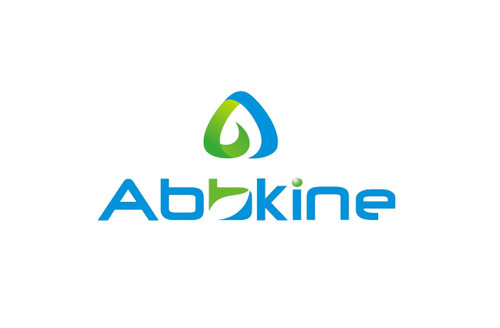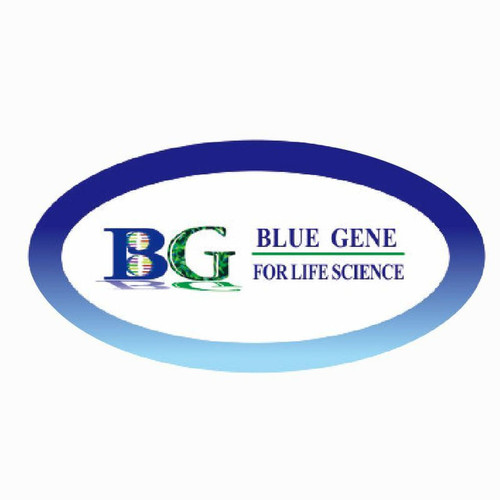Product Description
Rat 14-3-3 protein theta (YWHAQ) ELISA Kit | AE10848RA | Abebio
Species Reactivity: Rat (Rattus norvegicus)
Abbreviation: YWHAQ
Alternative Name: 14-3-3; 1C5; HS1; 14-3-3 protein T-cell|14-3-3 protein tau|14-3-3 protein theta|OTTHUMP00000165887|protein tau|tyrosine 3/tryptophan 5 -monooxygenase activation protein; theta polypeptide
Application: ELISA
Range: 0.156-10 ng/mL
Sensitivity: 0.053 ng/mL
Intra-Assay: ≤5.3%
Inter-Assay: ≤8.8%
Recovery: 1, 03
Sample Type: Serum, Plasma, Other biological fluids
Detection Method: Sandwich
Analysis Method : Quantitive
Test Principale: This assay employs a two-site sandwich ELISA to quantitate YWHAQ in samples. An antibody specific for YWHAQ has been pre-coated onto a microplate. Standards and samples are pipetted into the wells and anyYWHAQ present is bound by the immobilized antibody. After removing any unbound substances, a biotin-conjugated antibody specific for YWHAQ is added to the wells. After washing, Streptavidin conjugated Horseradish Peroxidase (HRP) is added to the wells. Following a wash to remove any unbound avidin-enzyme reagent, a substrate solution is added to the wells and color develops in proportion to the amount of YWHAQ bound in the initial step. The color development is stopped and the intensity of the color is measured.
Product Overview: YWHAq product belongs to the 14-3-3 family of proteins which mediate signal transduction by binding to phosphoserine-containing proteins. This highly conserved protein family is found in both plants and mammals, and this protein is 99% identical to the mouse and rat orthologs. This gene is upregulated in patients with amyotrophic lateral sclerosis. It contains in its 5' UTR a 6 bp tandem repeat sequence which is polymorphic, however, there is no correlation between the repeat number and the disease.The deduced 245-amino acid protein has a calculated molecular mass of 28 kD and shares 72% amino acid identity with bovine brain 14-3-3-eta. Northern blot analysis of Jurkat and HeLa cells showed strong bands at 1.9 and 2.1 kb, and a weaker band at 1.7 kb.
Stability: The stability of ELISA kit is determined by the loss rate of activity. The loss rate of this kit is less than 5% within the expiration date under appropriate storage condition. The loss rate was determined by accelerated thermal degradation test. Keep the kit at 37°C for 4 and 7 days, and compare O.D.values of the kit kept at 37°C with that of at recommended temperature. (referring from China Biological Products Standard, which was calculated by the Arrhenius equation. For ELISA kit, 4 days storage at 37°C can be considered as 6 months at 2 - 8°C, which means 7 days at 37°C equaling 12 months at 2 - 8°C) .
 Euro
Euro
 USD
USD
 British Pound
British Pound
 NULL
NULL








